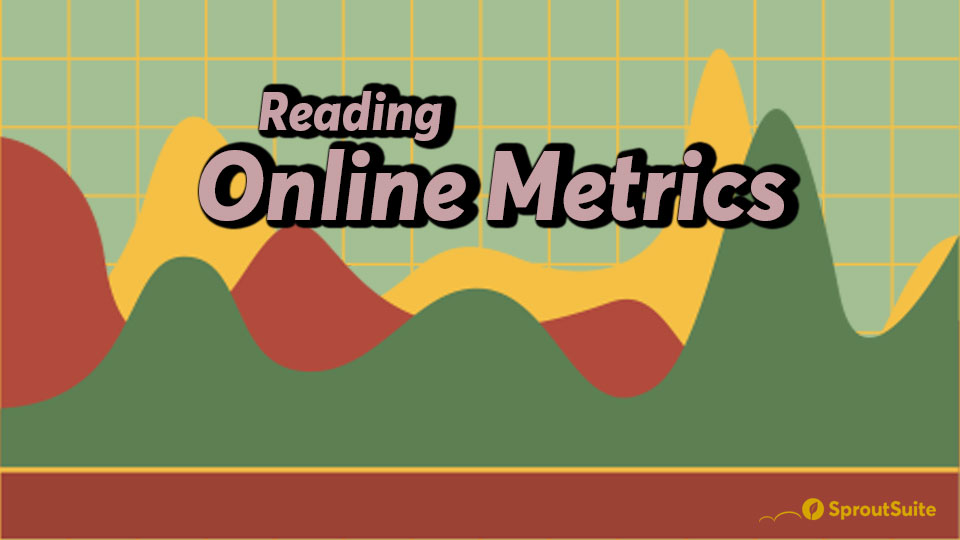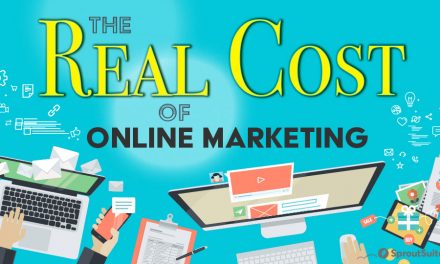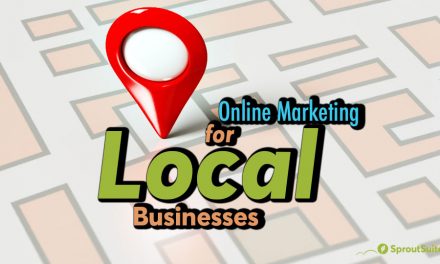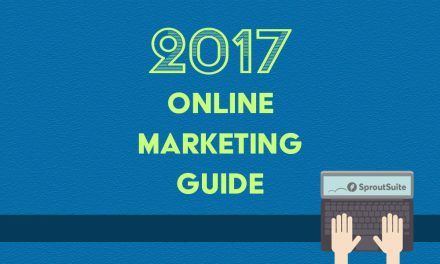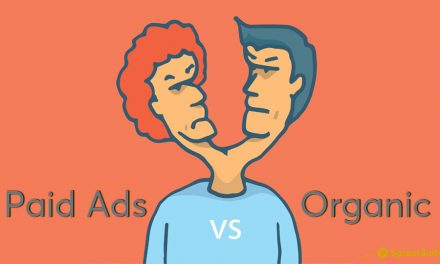With today’s advanced tools, it has never been so easy to track our online marketing efforts.
A whole world of terms and metrics have come forth over the last 2 decades and in this issue I want cover a few of them.
First off, what’s metric? Simply put, I defined metrics as “numbers that measure something”.
Though there are a tone of metrics we can track, I will only be covering a few common ones.
Conversion
A conversion is the attainment of a particular goal.
Example, one sale is one conversion. If the number of forms filled out by potential customers is a goal of yours, then one form submitted is one conversion.
It could be sign-ups for a newsletter, a service bought or a guide downloaded.
If you wanted to increase your revenue and your goal is sales, a single conversion is a single sale.
If you wanted to increase your mailing list, a single conversion is a new person signing up. (Or a single specific action you wanted a person to do and they did it.)
Encarta’s word origin “Latin convertere, to turn around or transform”. In my own words, you take someone who is just a visitor and turn them into a follower, lover, buyer, a fan.
The conversions you need to track really depend on your goals.
Conversion Rate
Then comes the rate at which we convert.
Conversion rate = how many times a goal was reached per 100 chances of attaining it.
Example, if 100 people visit your site and 5 people buy, that’s a 5% conversion rate. And by the way 5% could be good or it could be bad. It really depends on the situation. Someone with 200 visits a month and sells 2 bigger, more expensive projects may be extremely happy with a 1% conversion rate. Another site with the same number of visits and sells 10 bubble gums per month may not be too happy with a 5% conversion rate.
I would consider this metric as one of the most important to keep track of. If you are not already doing it, force yourself to do it. You can start once per month.
This metric gives us a very good idea of the effectiveness of our marketing efforts.
Visits
A visit is one person coming to a website. It’s one person going to your Facebook page. Visit comes from “Latin visitare, go to see”. I don’t need to explain this one too much other than realizing that it’s not the only metric to focus on. Though an important metric simply reporting on the visits a website gets every month is an incomplete report.
Visits only give us one part of the equation when we have the intention of improving our marketing strategies.
Example, if your conversion rate is 5% on a particular campaign, you could assume with a high level of certainty that if you doubled the amount of (similar quality) traffic, you would then double the sales. So, I increase the ads budget for that campaign and test it out for a while. Visits (traffic) in this example becomes a
Quality of traffic is something I talked about in an earlier article. It’s important to know “who” is your target audience. Getting more visits from the right audience is key.
Impressions
Impressions are the number many times a link to your website was displayed. It’s also how many times an ad was displayed. Not how many times people clicked on it. Just how many times it was on somebody’s screen.
You will very often hear the term when referring to paid ads.
So 4,359 impressions of one of your Google ads would mean that it was shown on Google 4,359 times.
Another example, if you search “organic tomatoes from California” in Google and your website is listed on the page, that’s an impression.
An example when doing advertising, if Julie searches for “how to remove makeup naturally” and your Google ad shows up in the right column, that also an impression.
If impressions are high and nobody clicks on the darn link then we start looking at bunch of factors such as potentially changing the words on the ad.
If impressions are high and lots of people click on the ad but nobody buys then we have another situation with different factors to look at.
Impressions are also used in the real world (non-virtual). Impressions are used to count the number of people that would see a billboard. 100,000 people per month seeing that billboard would then be 100,000 impressions. I mention this because it’s not only an online term and though different, it’s quite similar.
It’s important to understand the relationship between impressions and conversion rate.
Non-Ecommerce Businesses
Offline business means not selling online. Ecommerce means selling online.
For example, a chiropractor usually doesn’t sell online. People will call them and then schedule an appointment offline.
How do you keep track of conversion rate for an offline business?
There are many advanced ways to do this but here’s a basic tip I give to all of my customers: keep track of the calls from new prospects and how they heard about you.
Doing so will pay off in the long run as you will start knowing how these new prospects find your business online.
For example, find out if they found you from Yelp or your Google listing?
Let’s say a chiropractor has a goal of “new prospects calling from the web”. And let’s say that chiropractor got 1000 visits total in one month. He decided to track his calls using the method above and was able to establish that 50 calls from new prospects where indeed coming from the web. Now that he has this information he can now better measure his online effort.
Conclusion
In order to most excitingly convert, we need to market. If we expect to just create a website, let it sit there and hope that it’ll turn out tons of sales for us, well, we are simply hopeful. The nicest website can be created but if no one visits then what is it good for.
We need to create excellent marketing and we need to create a lot of it.
As a business owner, I recommend you learn the above metrics and keep track of them.
The more you know your metrics, the less guesswork.
🙂
Patrick

